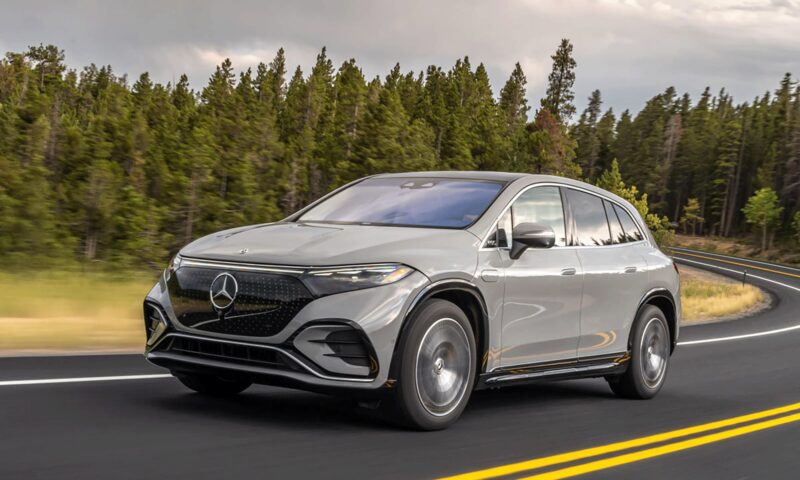How to Optimise the Range of Your Electric Car
Want to optimise the range you get from your EV? Here are some pointers.
Last updated: Aug 01, 2024 • 3 min read

Summary
There are a number of ways you can maximise the range of your electric vehicle, both when you’re driving and when you’re not. We’ve compiled them into a handy list so you can get more miles from a single charge.
- How to drive an electric car efficiently
- Other tips for maximising your range
Tips for maximising your range while driving
- Gentle acceleration
- Watch your speed
- Use regenerative braking
- Turn off the AC/heating when you can
- Plan your route accordingly
1. Gently away!
Fast acceleration is fun, but minimising it keeps your energy consumption lower, so adjust your driving stlye.
2. Watch your speed
In a petrol or diesel car about 50mph is the optimal speed for efficiency (running the engine is so inefficient that you need to be up to that speed until you overcome static losses). In an electric car efficiency vs speed works differently. To an extent, the faster you go, the more energy you consume - the most efficient speed for electric cars is likely <10mph for most BEVs (depending on static consumption like air conditioning, heating and electrical systems) - though clearly we wouldn’t recommend driving that slow!
3. Maximise your re-gen!
Driving an EV can feel like a challenge to see how long you can go without touching the brakes. And that’s how it should be, if you only decelerate using regenerative braking then you are minimising your energy consumption. Make sure you always have regenerative braking on and that you leave enough space for it to slow you down before you need the brake (clearly this is safer too!).
4. Turn off/down climate control and heating - if it’s comfortable to do so!
Turning off, or turning down your climate control or heated seats will reduce your static energy consumption.
5. Choose a route that will minimise your power requirement
This is not always possible! But taking a route that is similarly direct, but will require travelling at lower speed will mean you can go further. Also if you can avoid climbing hills you will improve your range - though clearly you can’t alter the altitude of your destination.
Tip: Though getting more range is better, usually it is not of critical importance for most journeys which don’t tend to be long range, so Pod Point recommend driving in the way that you feel comfortable with, e.g. when it is cold - use the heater!
Conversely, while trying to maximise your range by eking out every last point of efficiency may sound like hard work, you may enjoy the game of it.
Other factors which impact the range of your EV
- Tyre pressure
- Battery management
- Temperature
- Wheel size
Other factors that affect how far you can travel on a single charge include:
1. Tyre pressure
Ensure your tyre pressure is at the optimal level to reduce unnecessary rolling resistance that decreases efficiency and range.
2. Battery management
You can take steps to prolong the life, and slow the degradation of your battery. The better your battery health, the more energy it will hold, and the longer range you can get on a single charge.
3. External temperature
Not an easy one to manage or effect. But you will get worse range when the weather is cold, or indeed very hot (particularly if you run your air conditioning). Setting off when the temperature is close to 20oC will improve your range.
4. Wheel size affects range
Big alloy wheels look great, but they do increase your rolling resistance, therefore reducing your efficiency and thus your range. Smaller wheels with thicker profile tyres mean longer ranges.
